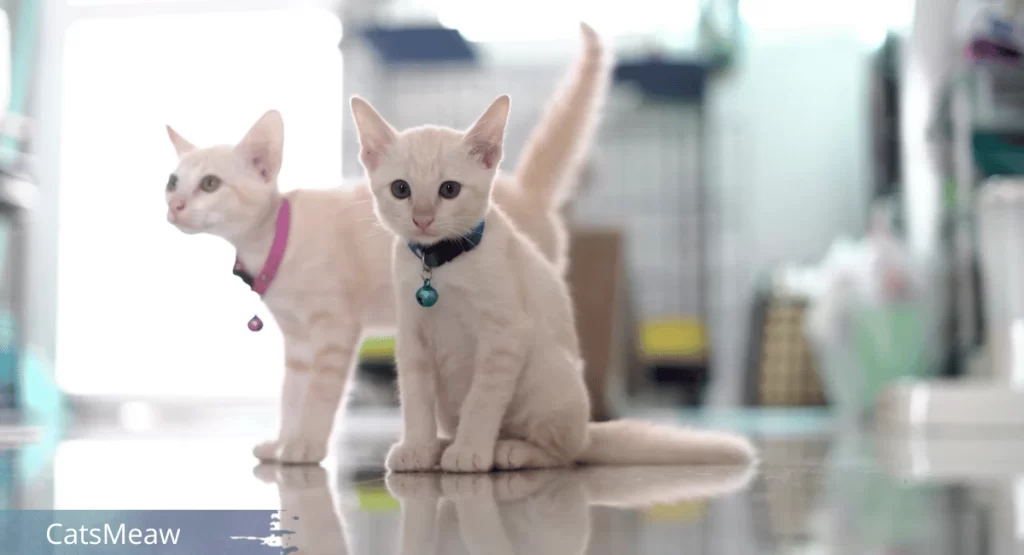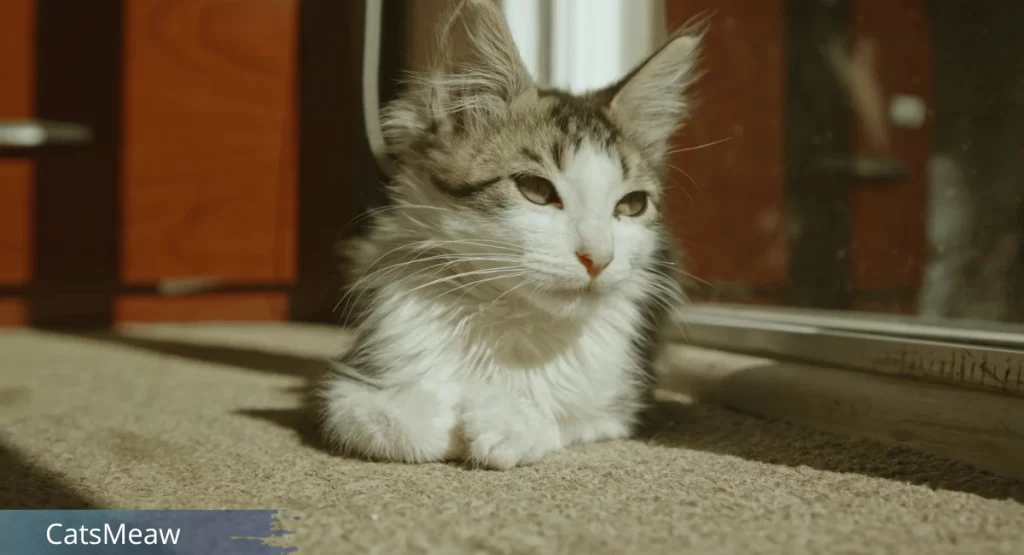Granting sanctuary to an cat in need stands as one of the most profound acts of compassion. While adopting a new cat might not be feasible at this moment, fostering a cat emerges as a profoundly impactful alternative. This endeavor transcends mere temporary assistance; it serves as a transformative experience for both you and the feline. Let us delve into the significance of cat fostering, the intricacies involved, and the steps to embark on this fulfilling journey.

Table of Contents
Shelters and rescues nationwide often grapple with an overwhelming influx of animals. The ASPCA reports that an estimated 3.2 million cats enter U.S. animal shelters annually. This predicament intensifies during the cat breeding season, typically spanning March to October, when a surge of kittens inundates shelters.
In this context, fostering a cat assumes a pivotal role. By welcoming a cat into your home temporarily, you not only alleviate the burden on shelters, allowing them to accommodate more animals, but you also provide your foster cat with a taste of life in a genuine home environment. This experience proves invaluable in socializing the cat, acclimating them to human interaction, and readying them for their eventual forever home.
Fostering as a Prelude to Adoption
One of the most significant advantages of fostering a cat is the opportunity for socialization. Many cats, particularly those born in the wild, have little to no exposure to human beings. By offering a foster cat a place in your home, you facilitate their learning process—teaching them to trust humans, adapt to household routines, and become accustomed to everyday sounds and activities.
This period of socialization is critical. A cat that has experienced fostering is often more self-assured and better equipped to transition into a permanent home. They’ve had the privilege of understanding what it means to be part of a family, which substantially enhances their chances of being adopted.
The Commitment of Fostering
When you opt to foster a cat, you undertake the responsibility of caring for them as if they were your own. This involves providing nourishment, shelter, affection, and attention throughout the fostering duration, which can range from a few weeks to several months.
During this time, you’ll also have the opportunity to observe and understand the cat’s personality, an invaluable asset for the shelter when seeking a permanent home for the feline.
Fostering transcends mere caregiving; it’s about equipping the cat with the skills and experiences they need to thrive in their forever home. This may involve helping a timid cat emerge from their shell, guiding a kitten in litter box training, or simply offering a stable environment where the cat feels secure and cherished.
Preparing Your Home for a Foster Cat
Before introducing a foster cat into your home, it’s important to prepare your space. You’ll need to establish a safe, escape-proof area for the cat, particularly if you have other pets. Initially, it’s advisable to quarantine the foster cat from your other animals to prevent potential illnesses and allow the new cat to acclimate to their surroundings.

Related: Benefits Of Adopting A Senior Cat
Ensure that your existing pets are current on their vaccinations and possess calm, amiable temperaments. Introducing a foster cat into a household with aggressive or territorial pets can be stressful for all involved, especially if the foster cat is shy or has limited experience with other animals.
Distinguishing Fostering from Adoption
Fostering a cat offers a flexible and cost-effective means of making a meaningful impact in an animal’s life. Unlike adoption, which is a lifelong commitment, fostering is temporary. Many shelters cover veterinary expenses and provide necessary supplies, leaving you responsible only for offering the cat a loving home.
However, fostering does present emotional challenges. You may not have the liberty to choose the cat you foster, and bidding farewell when the cat is adopted can be heart-wrenching. Nonetheless, each time you let go of a foster cat, you create space for another animal in need.
Evaluating Your Readiness to Foster
Fostering a cat requires careful consideration and preparation. Here are a few factors to contemplate:
- Family Involvement: Everyone in your household should be on board with the fostering decision. Ensure that your family is prepared to welcome a cat and understands the associated responsibilities.
- Supplies: Gather essentials such as food, toys, a litter box, scratching posts, and a carrier before bringing a foster cat home.
- Space: Ensure that you have sufficient room for the foster cat to eat, sleep, and play without feeling confined.
- Time: Fostering demands time and attention. You’ll need to be available to care for the cat, monitor their health, and take them to veterinary appointments as needed.
- Patience: Some cats require time to adjust to their new environment. Be prepared to address behavioral issues and help the cat learn what is expected of them.
Steps to Begin Fostering
Once you’ve decided to foster a cat, the next step is to contact your local shelter or rescue organization. They’ll guide you through the application process, which typically involves questions about your living situation and existing pets. After approval, the shelter will assist in matching you with a cat that fits your home environment.
You’ll also receive guidance on what to expect during the fostering period, including specific responsibilities such as veterinary visits and progress updates.
Ongoing Care During Fostering
Maintaining regular communication with the shelter or rescue throughout the fostering period is essential. They’ll want updates on the cat’s adjustment, any health or behavioral issues, and overall progress.
You’ll also be responsible for taking the cat for regular veterinary check-ups to ensure they remain healthy and up to date on vaccinations. The shelter will provide the necessary support to ensure a successful fostering experience.
Helping Foster Cats Acclimate
It’s normal for a foster cat to feel apprehensive when they first arrive in your home. Allow them the time and space to explore their new surroundings at their own pace, and strive to create a calm, welcoming atmosphere. Reward positive behavior with treats and affection, and be patient as the cat adapts to their new environment.
Building trust is crucial in helping a foster cat feel comfortable. Spend time with the cat daily, speak to them in a soothing tone, and let them approach you when they’re ready. With time and patience, most cats will begin to feel secure in their new home.
Supporting Animal Welfare Beyond Fostering
Even if fostering isn’t an option, there are numerous other ways to support your local shelter or rescue. Consider volunteering, donating supplies, or participating in fundraising events. You can also raise awareness about the importance of fostering and adoption by sharing posts from your shelter on social media.
Encourage friends and family to consider fostering or adopting a cat, and advocate for animals in need. Every effort counts and can significantly impact the lives of shelter animals.

The Emotional Journey of Fostering
Fostering a cat is a deeply rewarding experience, though it can also be emotionally challenging. Parting with a foster cat when they are adopted is often the most difficult aspect, particularly if you’ve formed a bond. However, it’s important to remember that by letting go, you’re giving another cat the opportunity to find their forever home.
Related: Cat Breeds: Discover the Best Breed to Adopt
In some instances, foster parents choose to adopt their foster cats, which is perfectly fine. The ultimate goal is to support animals in need and make a positive difference in their lives.
FAQs About Fostering
- Typical Duration: Fostering can last from two weeks to several months, depending on the cat’s needs and the shelter’s requirements.
- Fostering Multiple Cats: Yes, some shelters allow fostering multiple cats, especially when additional space is needed.
- Attachment Concerns: It’s natural to become attached to a foster cat. If you find yourself in this situation, discuss your options with the shelter.
- Experience Requirements: No prior experience is necessary, but patience, understanding, and a willingness to learn are key.
- Shelter Benefits: Fostering alleviates overcrowding in shelters, provides cats with a safe environment, and enhances their adoption prospects.
Conclusion
Fostering a cat offers an extraordinary opportunity to positively impact an animal’s life. By providing a temporary home, you not only prepare a cat for their future family but also support your local shelter. Whether you’re fostering for the first time or considering doing it again, rest assured that your efforts make a significant difference in the world of animal welfare.
